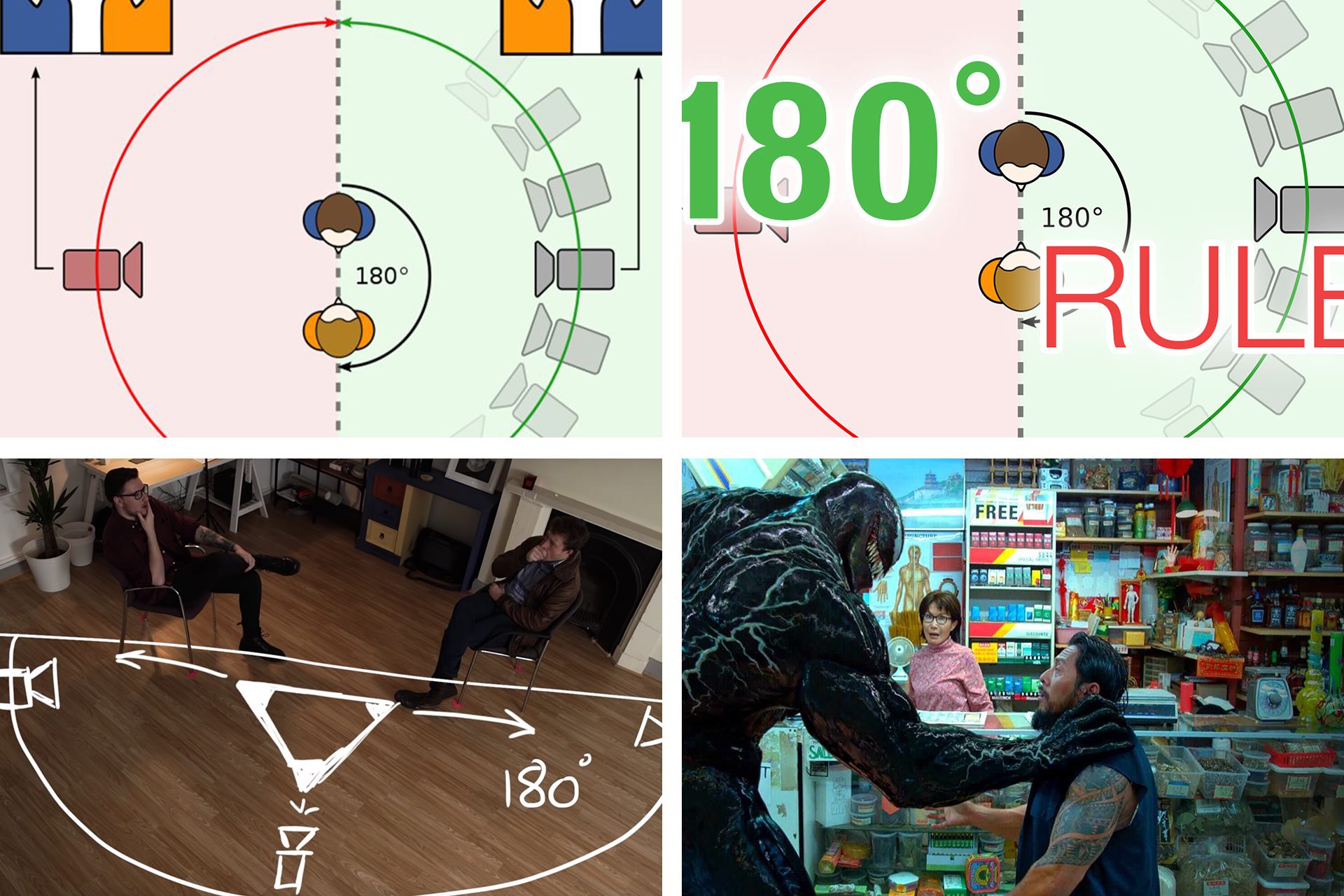Sounds :
In the third week for health reason I could not be present in class but with the sending of the slides in the blackboard of the class I could have the subjects of the class at home that facilitated me a lot in the hour of studying. In this topic I learned about ‘Sound and Editing’ in movies and animations a little more of the specific parts in sounds.
In the process of understanding more as it works the placement of songs in animations had difficulty for being a topic more complicated for me with the part of sounds of funds, I got to understand more with some examples that were shown of how the songs are essential in a part in the animation adding more drama, emotion, action even more impact in the scenes and other more. And to help me deeper into what are diegetic and non-diegetic I had to do some research to get a better understanding; so I got more knowledge on the website.
Help Website:
Help Video about Diegetic sound:
Diegetic:


Example video:
As an example I looked for one of the most interesting movies in my opinion in acting ‘The Dark Knight‘ particularly the character that was for me the most striking the Joker. In this particular scene is when the Joker is talking to the policeman and then with Batman this scene is marked as a Diegetic for being a scene that marks a lot their lines leaving strong scene only with the actors talking on stage.
Non-Diegetic:


Example videos, Star Wars films are great examples of non-diegetic music and text. The John Williams score is an accompaniment, something exclusively for the audience to hear, not the characters.
Trans-Diegetic:
Sometimes, what we first perceive to be non-diegetic music turns out to be diegetic. Usually, this involves a song playing on the soundtrack (non-diegetic) but then a character turns off the radio and the song ends (diegetic). Mel Brooks visualise this transition for comedic effect in Blazing Saddles in a very “Brooks-ian” way.
EDITING:

Techniques of continuity editing in film:
- Eye Line.
- Eye Trace.
- 180 degree rule.
- Matching Action.
Eye Line:
The eye line is one of the most fundamental tools in continuity editing. It aims fill the expectation of an audience to see what a character is looking at when they are looking off screen. When the scene is a dialogue between multiple people, one character often looks screen left while the other character looks screen right to maintain the consistency that these characters are looking at each other. This is fundamental when shooting over the shoulder, shot reverse shot scenes.

180-degree rule
If you have taken a class on editing or cinematography, one of the first rules you will learn about is the 180-degree rule. The 180-degree rule is meant to orient the audience and help them understand where characters are in relation to each other and their environment.
To do this, you filmmakers create an imaginary line between two subjects in a scene. Then they keep every camera setup on the same side of this line, within the same 180 degrees. We’ve broken down this concept visually in our video lesson below.

![180-Degree Rule In Filmmaking Explained [With Examples]](https://www.freelancevideocollective.com/wp-content/uploads/2021/12/180-Degree-Rule-diagram.jpg)
30-degree rule:
Sometimes filmmakers cut from one shot of a character to a different shot of the same character either to change the shot angle or cut to different shot sizes. To avoid jarring discontinuity editing or a jump cut the two different shots must be taken from at least 30-degrees apart. This rule is explained in the video tutorial below.

The 30-degree rule is incredibly important when shooting with multiple cameras which many cinematographers often do. It is an important rule that allows filmmakers to change the perspective of the camera while maintaining the consistency and logic of the scene.
Matching action:
Editing to match the action of characters is one of if not the most basic tool to continuity editing. What is a match on action cut? It is a staple to what some editors refer to as invisible editing. Matching action simply aims to cut on the same frame of a character’s action between two shots. In this action scene from Mad Max: Fury Road, pay attention to every cut and notice how many cut on the action of a character to make the scene smooth in consistent shot to shot.
MONTAGE EDITING:
Montage, in motion pictures, the editing technique of assembling separate pieces of thematically related film and putting them together into a sequence.
Opinion:
With the part of songs and edition I liked to have studied more deeply, I confess that it was an area that I did not have much knowledge, skill and ease of understanding still have to study more to understand but with this little research I could understand more. I hope I could understand more to facilitate my animation in the future with the part of sound effects and editing.